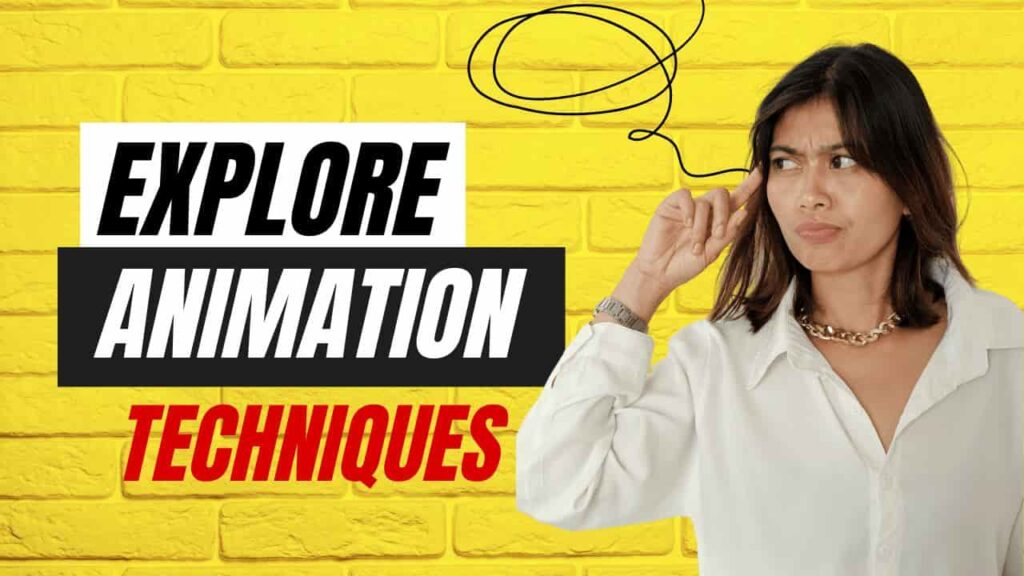While dynamic methods offer many benefits, they also pose challenges. CGI animation requires specialized software and technical expertise, which can be daunting for beginners. Additionally, digital animation may lack the tactile feel and organic charm of traditional hand-drawn animation. Motion capture technology, while effective, may struggle to capture subtle facial expressions and gestures accurately.


